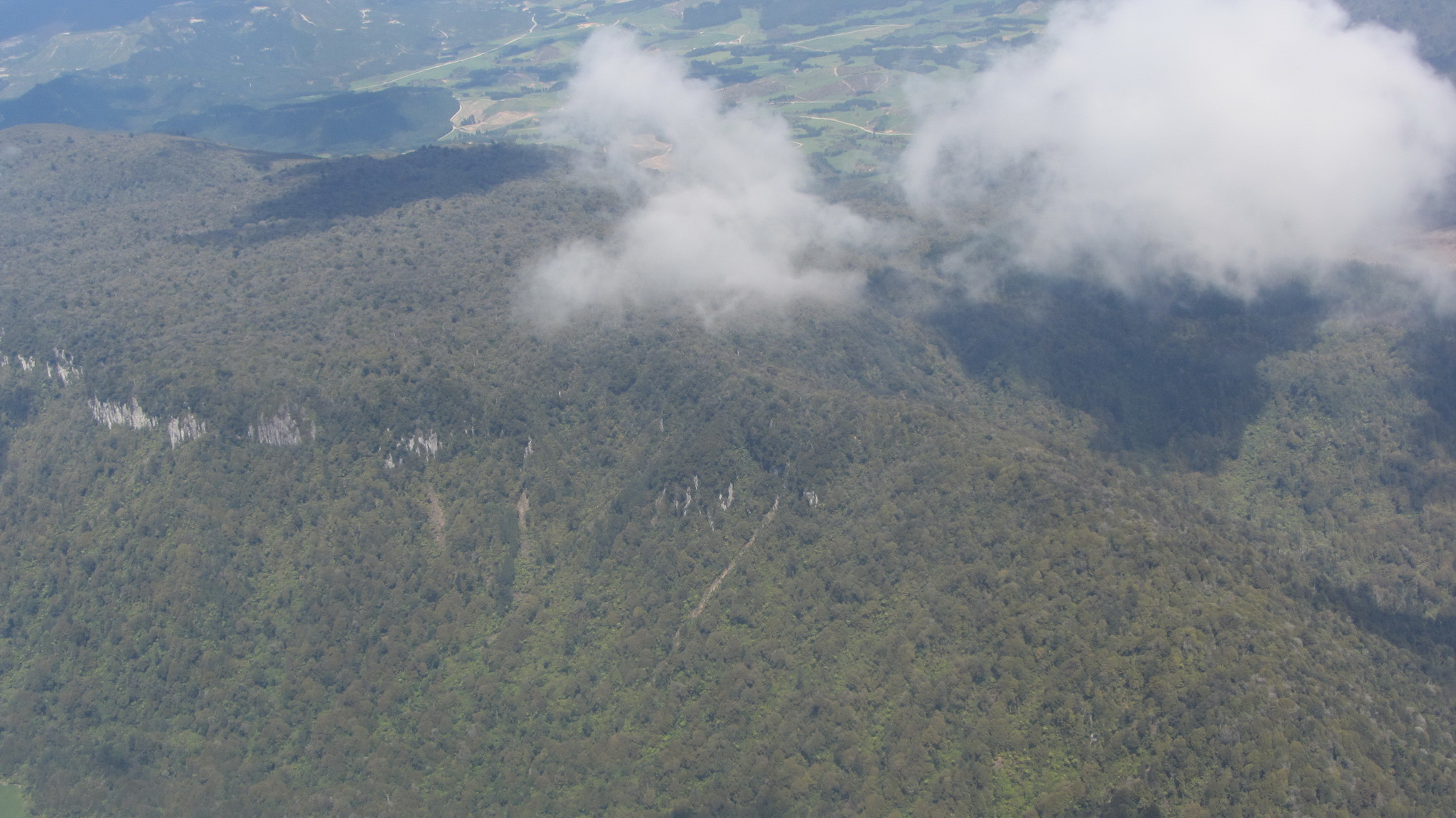|
Ngāti Raukawa–Ngāti Kahu-pungapunga War
The Ngāti Raukawa–Ngāti Kahu-pungapunga War was a conflict between the Ngāti Raukawa iwi of Tainui and Ngāti Kahu-pungapunga in the Waikato region of New Zealand in the mid-seventeenth century, which resulted in Tainui's acquisition of the upper Waikato River. This marked the final destruction of all non-Tainui people within the Waikato region. Sources A detailed account of the war was published by Walter Edward Gudgeon in the 1893 issue of the ''Journal of the Polynesian Society'', with no indication of the sources on which it is based. It is also recorded by Pei Te Hurinui Jones, based on oral testimony given at the Māori Land Court at Cambridge, New Zealand, Cambridge in a dispute over ownership of Waotū. A similar account was given by Hōri Wirihana of Ngāti Kauwhata in evidence to the Māori Land Court at Ōtorohanga on 17 August 1886. D. M. Stafford records Arawa traditions derived from testimony given to the Māori Land Court by Hamuera Pango and Te Rangikāheke an ... [...More Info...] [...Related Items...] OR: [Wikipedia] [Google] [Baidu] |
Waikato River
The Waikato River is the longest river in New Zealand, running for through the North Island. It rises on the eastern slopes of Mount Ruapehu, joining the Tongariro River system and flowing through Lake Taupō, New Zealand's largest lake. It then drains Taupō at the lake's northeastern edge, creates the Huka Falls, and flows northwest through the Waikato Plains. It empties into the Tasman Sea south of Auckland, at Port Waikato. It gives its name to the Waikato region that surrounds the Waikato Plains. The present course of the river was largely formed about 17,000 years ago. Contributing factors were climate warming, forest being reestablished in the river headwaters and the deepening, rather than widening, of the existing river channel. The channel was gradually eroded as far up river as Piarere, leaving the old Hinuera channel through the Hinuera Gap high and dry. The remains of the old course are seen clearly at Hinuera, where the cliffs mark the ancient river edges. The Wai ... [...More Info...] [...Related Items...] OR: [Wikipedia] [Google] [Baidu] |
Kāwhia
Kawhia Harbour () is one of three large natural inlets in the Tasman Sea coast of the Waikato region of New Zealand's North Island. It is located to the south of Raglan Harbour, Ruapuke and Aotea Harbour, 40 kilometres southwest of Hamilton. Kawhia is part of the Ōtorohanga District and is in the King Country. It has a high-tide area of and a low-tide area of . Te Motu Island is located in the harbour. The settlement of Kawhia is located on the northern coast of the inlet, and was an important port in early colonial New Zealand. The area of Kawhia comprises and is the town block that was owned by the New Zealand Government. The government bought it from the Europeans in 1880 "not from the original Māori owners, but from a European who claimed ownership in payment of money owed by another European". History and culture Early history Kawhia Harbour is the southernmost location where kauri trees historically grew. Kawhia is known in Māori lore as the final resting-plac ... [...More Info...] [...Related Items...] OR: [Wikipedia] [Google] [Baidu] |
Waiarohi
Waiarohi was a Māori people, Māori leader from the Ngāti Rangitihi iwi (tribe) of the Te Arawa confederation of tribes, who lived in the Bay of Plenty Region of New Zealand, around the mid-seventeenth century. She married Ruamano of Ngāti Huarere but fell in love with Whaita of Ngāti Raukawa and went insane when the latter left her. In one account, her murder led to the Ngāti Raukawa–Ngāti Kahu-pungapunga War and the expansion of Tainui into the upper Waikato River valley. Life Waiarohi was the daughter of Kopuatawhiti, the son of Uenukukōpako, and Kaitu. Through her father, she was a direct descendant of Tama-te-kapua, the captain of the Arawa by multiple lines. gives the lines of descent as: Tama-te-kapua - Kahumatamomoe - Tawake-moetahuna - Uenuku-mai-rarotonga - Rangitihi - Tūhourangi - Uenukukōpako and Tama-te-kapua - Tuhoromatakaka - Taramainuku - Hinetu-te-rauniao - Rangitihi, etc. When she grew up, Waiarohi married Ruamano of Horohoro, New Zealand, Horohoro, ... [...More Info...] [...Related Items...] OR: [Wikipedia] [Google] [Baidu] |



